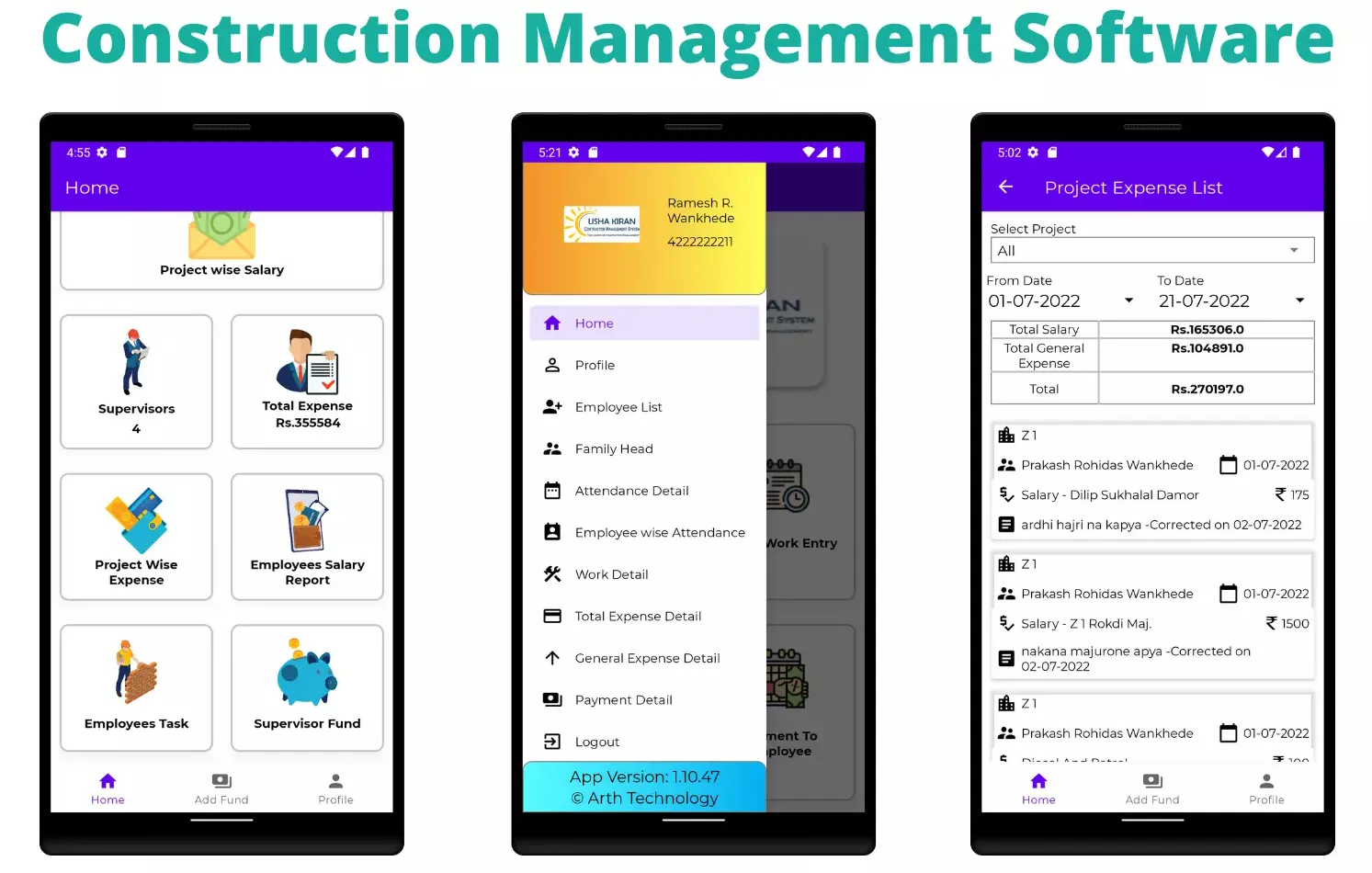In today's construction industry, visibility into project progress is essential for effective decision-making and timely delivery. construction project management software is changing how teams monitor their the performance of their teams, track milestones and ensure that they are on the same page throughout the project's duration. By transforming static data into interactive visuals they provide clear and actionable overview of actual progress.

Visual tools like Gantt charts, dashboards and progress timelines enable participants to understand exactly where each project is with respect to the overall plan. Instead of relying on spreadsheets and announcements, project managers can access real-time data that reflect the status of every task, making it much easier to spot delays, anticipate completion dates and adapt resources accordingly.
The software for project and time management is interactive. It also facilitates communication between teams. Through a user-friendly interface, team members will quickly comprehend their responsibilities as well as the deadlines they are due to meet and how their tasks impact the broader project. This level of clarity eliminates confusion, increases accountability, and encourages collaboration between subcontractors, contractors, and field personnel.
Another key benefit of this system is its ability to spot issues earlier. Visual progress indicators allow for easier detection of deviations from the plans, like delayed tasks or bottlenecks. In identifying issues in real-time, supervisors can correct the issue prior to small delays escalating into major setbacks. If it's redistributing labor and scheduling or streamlining workflows prompt intervention is more efficient when backed by visual data.
Interactive features like filters, drill-down views and customizable dashboards also give users the flexibility to focus on what matters most. When it comes to you are monitoring specific phases, particular teams, or studying the allocation of resources, users can modify their views to aid in more effective strategic management and planning.

In addition, many interactive platforms can be integrated with other project tools for example, budgeting, time tracking, or document management tools. This makes sure that all sources of data work together to provide complete information about project health, improving both forecasting accuracy and operational efficiency.
In conclusion, visualizing the progress of projects using interactive software for managing projects is a game-changer for construction professionals. It transforms raw data into valuable insights, improves collaboration and enables quick, accurate decision-making. If you want your business to stay on schedule and ensure high performance, adopting visual tools for managing projects is not only beneficial, but essential.
